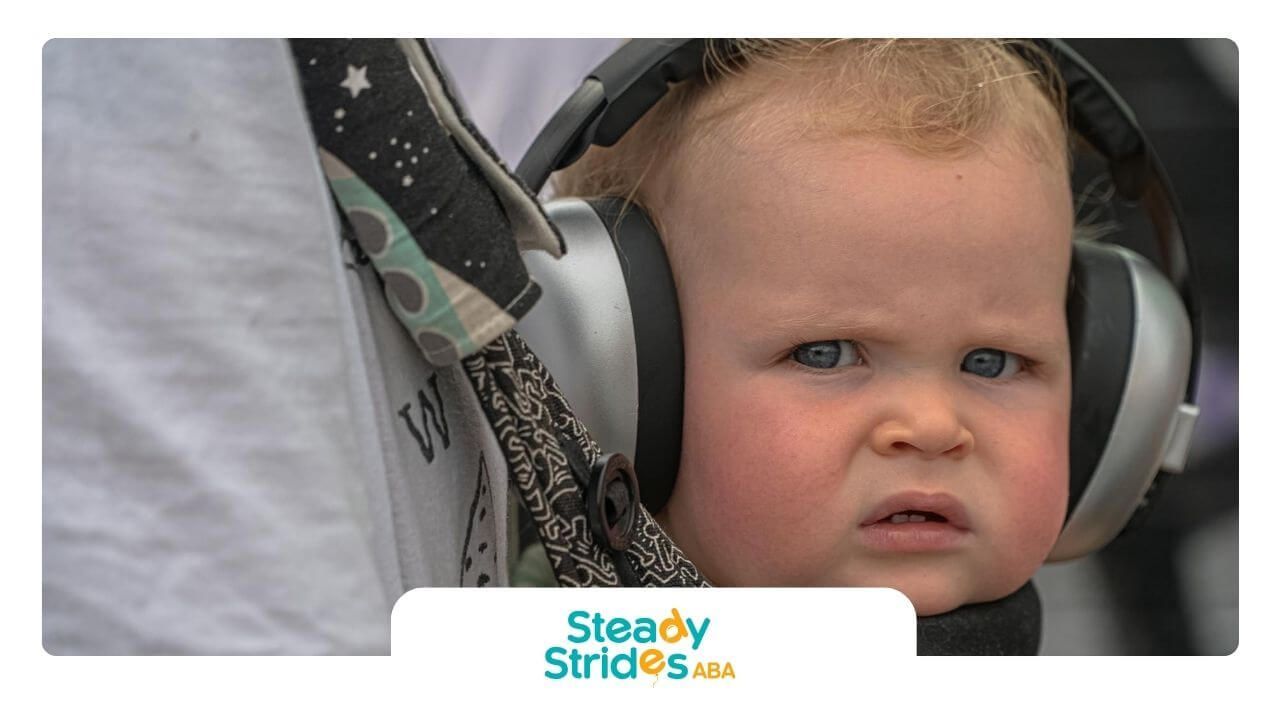Many children with autism
avoid eye contact, not out of rudeness, but because it can
feel overwhelming, uncomfortable, or even painful.
Eye contact involves processing facial expressions, social cues, and emotional signals all at once. For a child with autism, this level of sensory and social input may be difficult to manage.
Avoiding eye contact can also be a way to reduce anxiety or stay focused. Some children look away to concentrate better on what’s being said, while others may not realize eye contact is a common social expectation. It’s important to understand that this behavior doesn’t mean a lack of interest or connection, it’s simply how their brain processes interactions differently.
Rather than forcing eye contact, therapy can gently build social skills in a way that respects the child’s comfort and communication style.
Looking for support with social and communication challenges?
Steady Strides ABA offers personalized in-home therapy across Texas to help your child build confidence in a way that works for them. Contact us today to get started.
SOURCES:
https://www.healthline.com/health/autism/autistic-eye-contact
https://www.autismspeaks.org/expert-opinion/autism-eye-contact
https://www.psychiatrist.com/news/why-people-with-autism-have-trouble-making-eye-contact/
https://reframingautism.org.au/understanding-autistic-differences-in-eye-contact/
https://www.sciencedirect.com/science/article/pii/S0960982222007758













